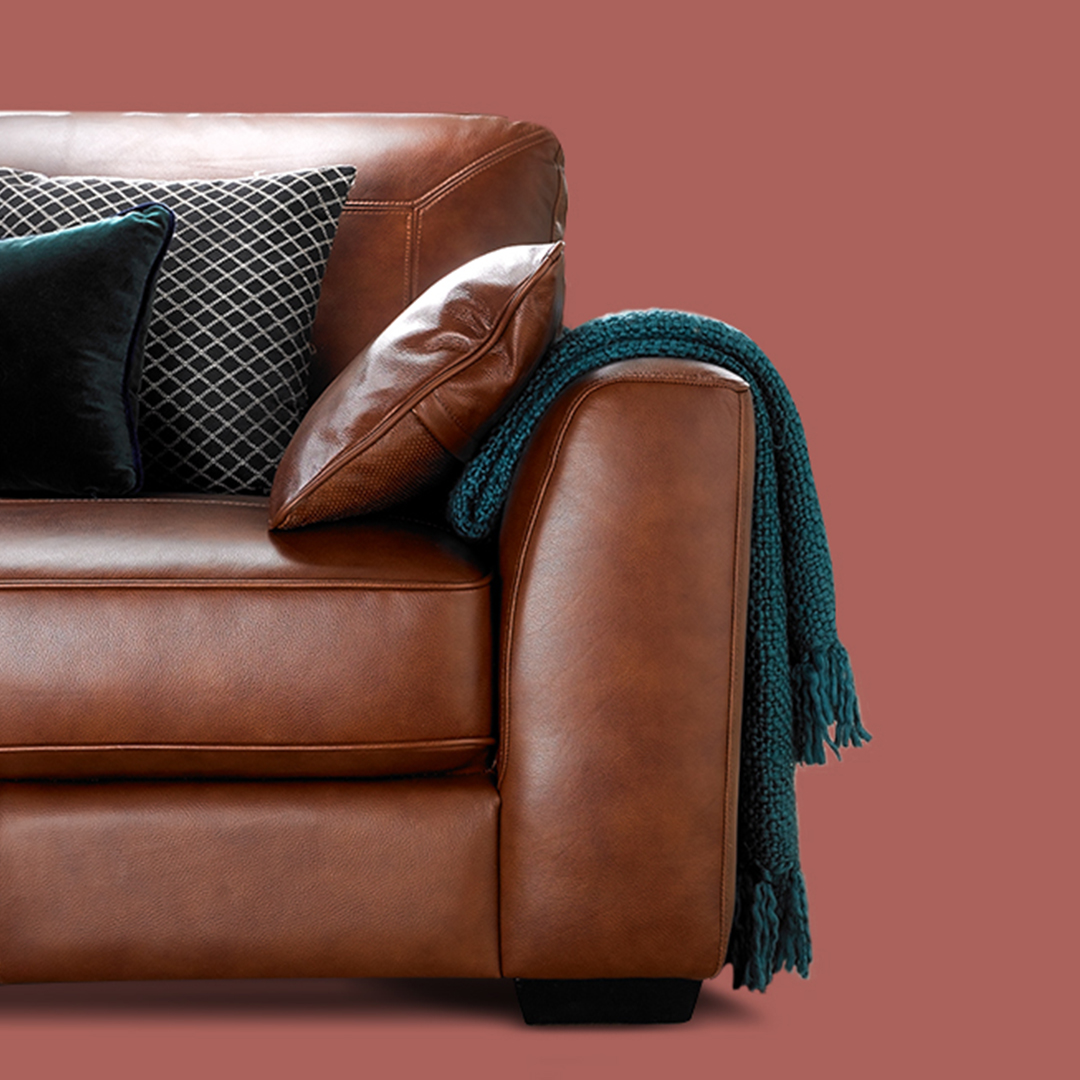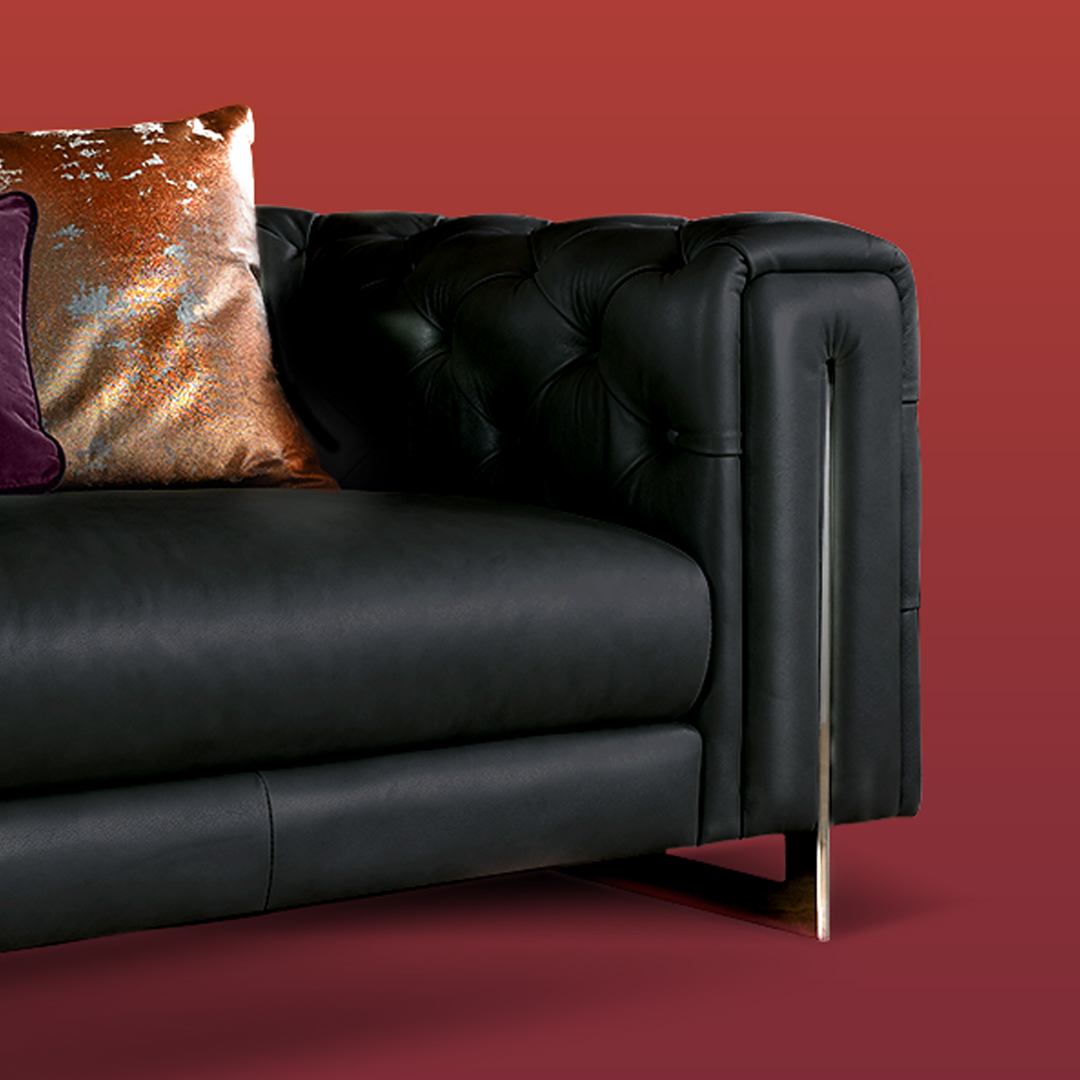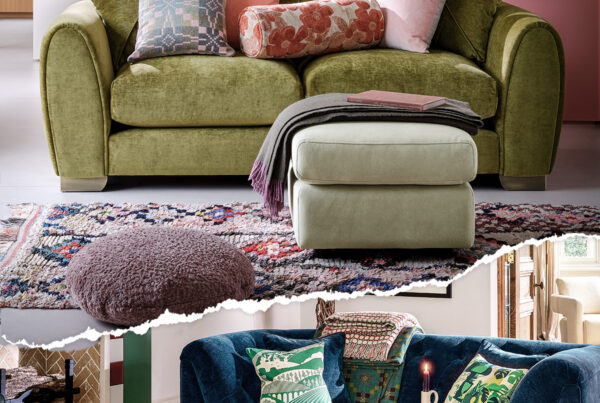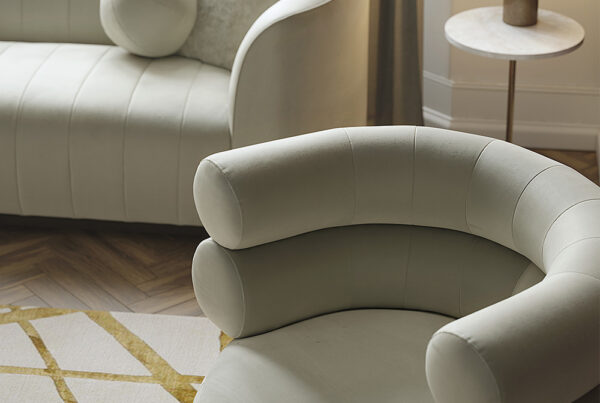2019 has been all about going back to basics – back to the roots of popular trends from the past and updating them in a new and unique way. From the redevelopment of the modern pastels look to choosing recycled and upcycled furniture in the sustainability trend, we’ve seen an increase in the use of natural materials and textures in the home, and it isn’t any different in the 1970s Spiced trend.
According to freelance stylist Karen Barlow, the selection of Spiced Honey as the Dulux colour of the year ushered in a “1970s revival” that “continues with Pantone’s colour for 2019: Living Coral”. It’s these rich brown, gold and orange hues that work as the base for the 1970s Spiced trend, and we’re going to show you how we managed to get the look below.
Rich, warm, glowing tones
The first look uses slightly brighter, glowing tones to work as the base colour of the walls. Combining an almost-pink, reddish shade with the Marni in butterscotch toned leather creates the central palette of the space. This trend is all about layering, achieved with the right colours, accessories and furnishings.
Wooden furniture is always popular and the right pieces can help to introduce the 1970s Spiced trend to your home. As always, you don’t need to purchase new side tables or storage at upmarket prices, go to your local charity shop and find something that’s a real throwback to the 1970s – a lick of paint and a bit of TLC can go a long way to giving old furniture new life.
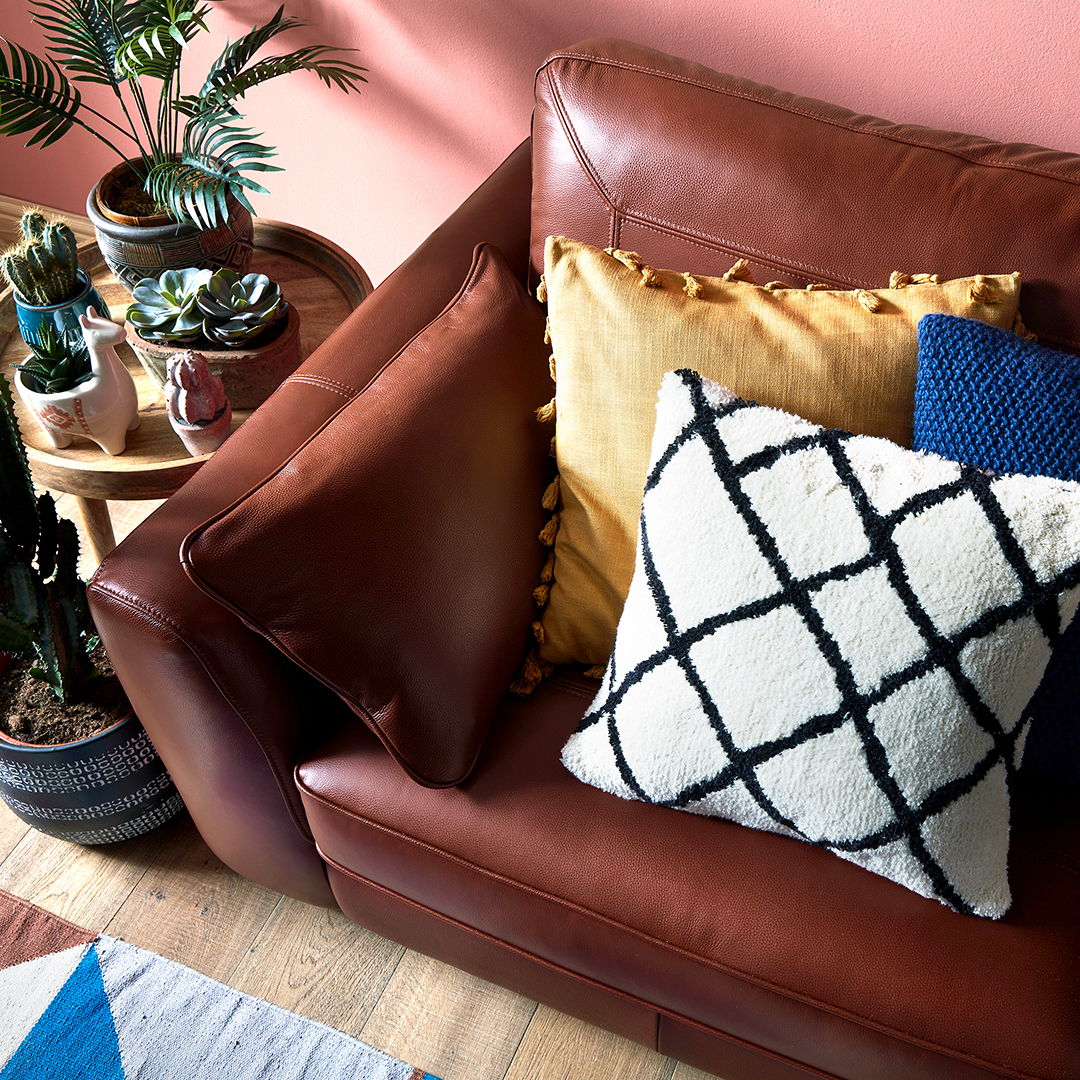
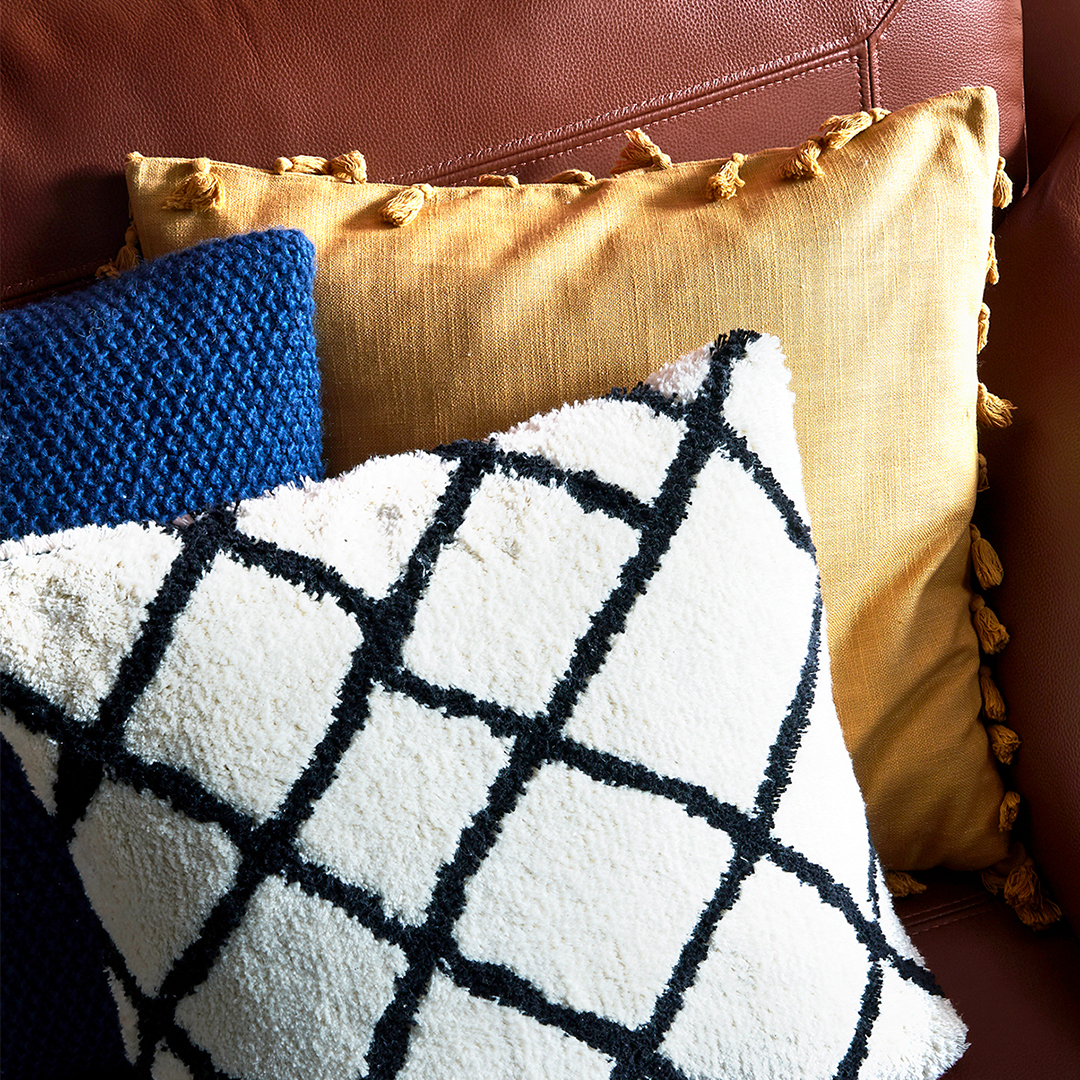
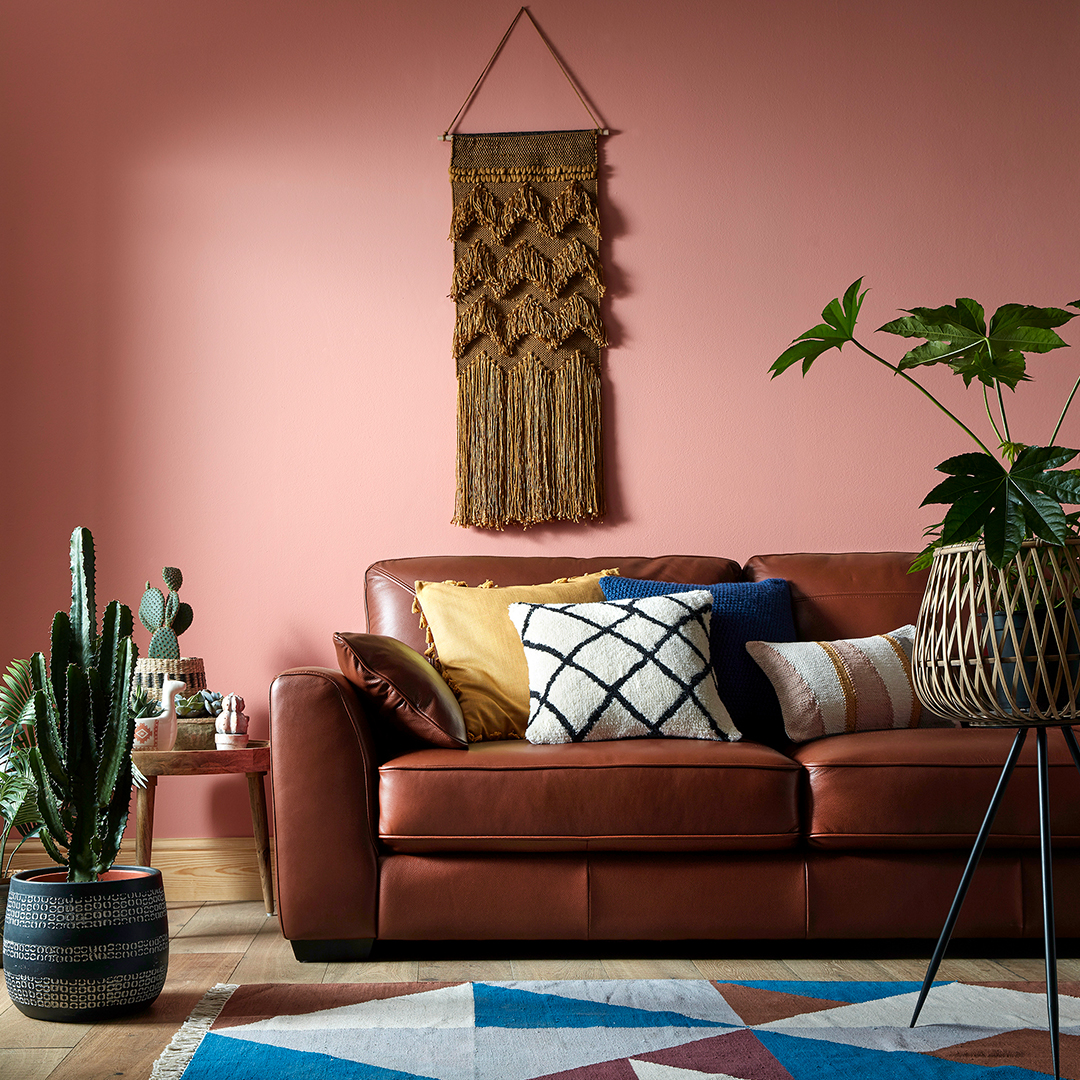
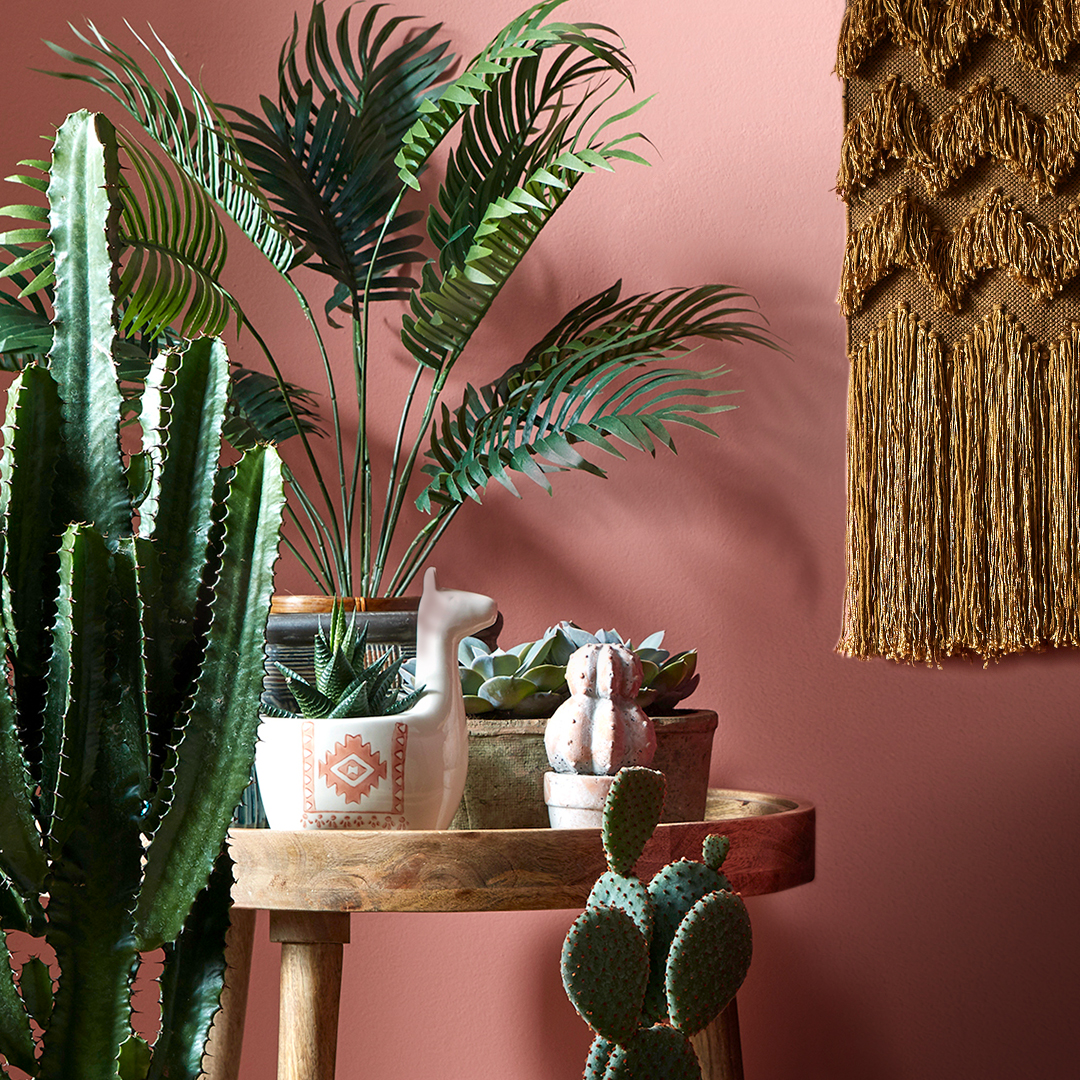
With the main palette drawing inspiration from spice colours – think cinnamon, turmeric, ginger, and paprika, you can begin to layer up patterns in contrasting colours to add depth to the space.
Bring the look together with added texture – easily achieved by adding scatters and throws, as well as wall hangings and accessories. A ceramic plant pot to hold some leafy green plants, or a wicker lampshade, will all add that extra tactile layer to your room, and a woven fibre wall hanging can work wonders to complete the look.

Deep, dark and global
If you fancy a more dramatic style, there is scope to choose much darker tones and still maintain that 1970s spiced aesthetic. We went for a much deeper red for the base colour of this room, choosing a shade that was more in line with spices like chilli, cayenne or chipotle, with small hints of lighter spices like cumin.
The Anastasia sofa creates a sleek look, with the glossy black shade helping to make it really stand out in the space. The statement chrome legs add to the 1970s feel, with metallics being a big part of that era. Minimalism is key – your furniture should be simplistic, with your accessories adding that extra bit of style to the space.
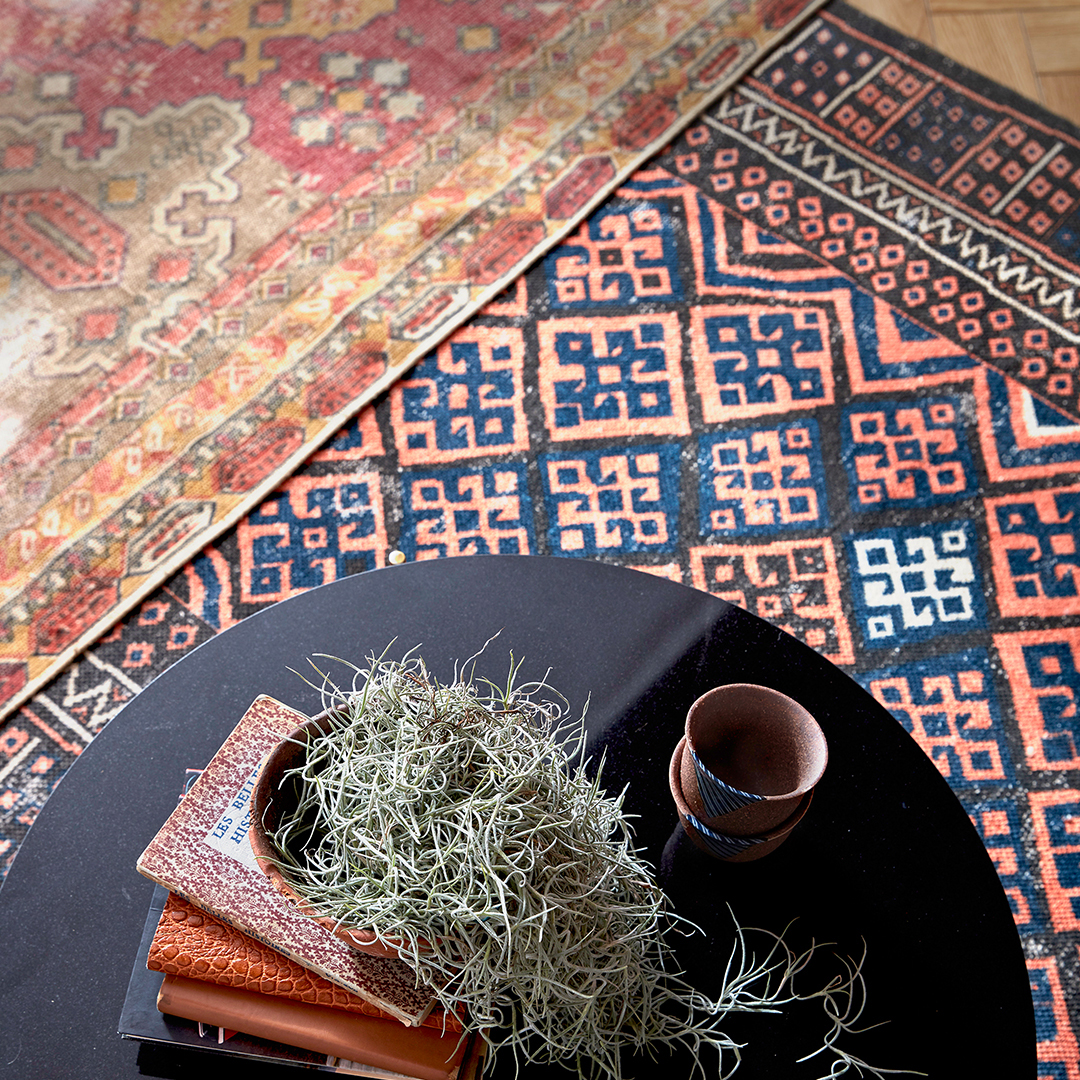
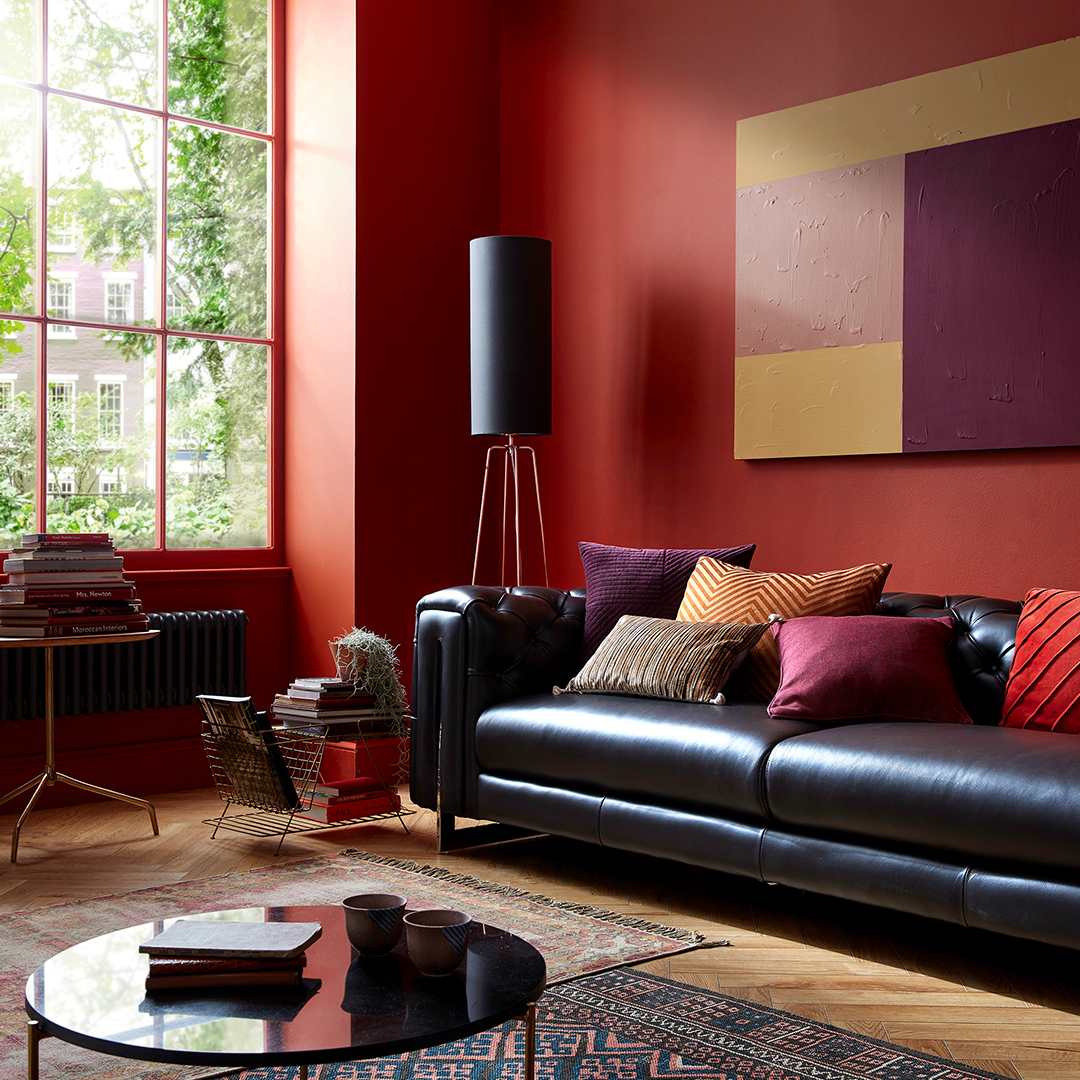
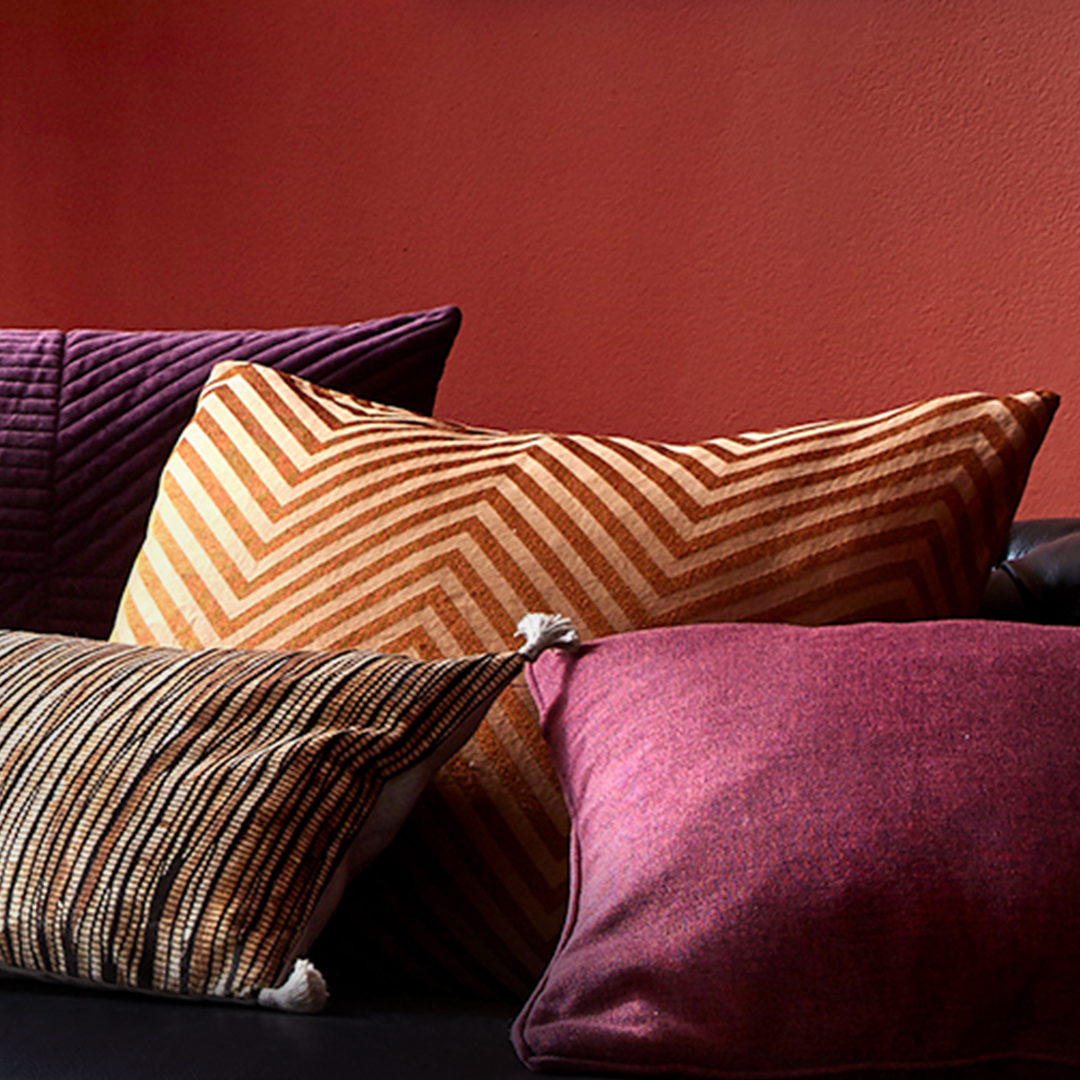
Statement scatters work brilliantly here, adding layers of colour to the space – choose tones that work with other accessories to keep the look consistent. Botanicals elements can enhance the look too, but use them sparingly – go for creepers or maybe cacti to add a scattering of fresh colour to the room.
With a nod to the Artisan and Global trend we featured in 2018, this trend offers a great opportunity to introduce some cultural elements to the space, like the Persian-style rugs we’ve used in this look. Experiment with these elements and give your room a travelled and intriguing feel.
Bring it all together with a sofa you love
The 1970s Spiced trend is a great opportunity to give your home a fresh makeover, introducing a unique, ageless and effortless style. The deep tones of the spiced colour palette can work with a variety of sofa shades, allowing you to truly make your living room your own. Find the right sofa style to perfectly match your vision at sofology.co.uk.
Looking for more design inspiration?
Global Style Trends: Bringing Oriental Style to your Home Style your home like a Wes Anderson film Style Trends: Sustainability



